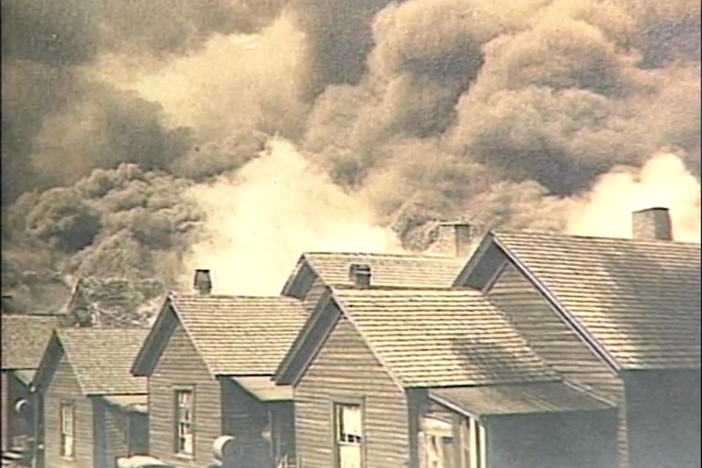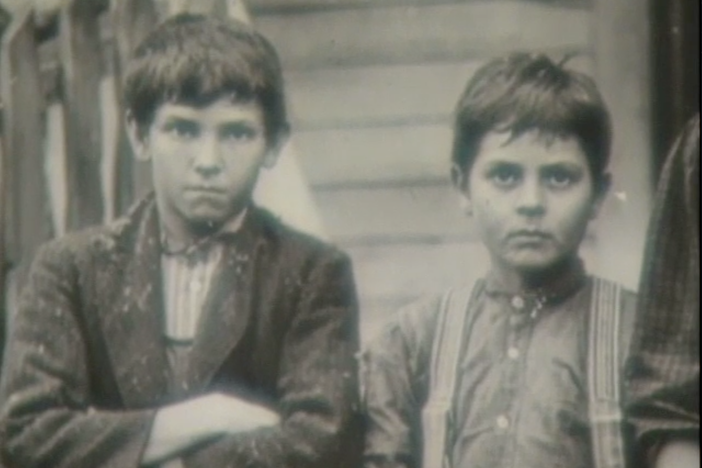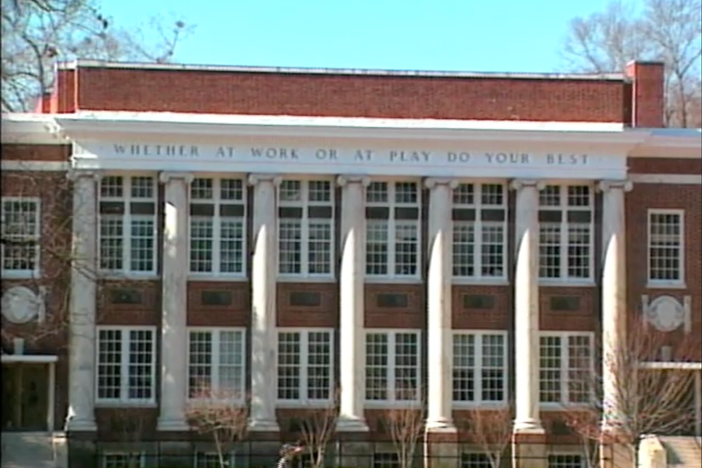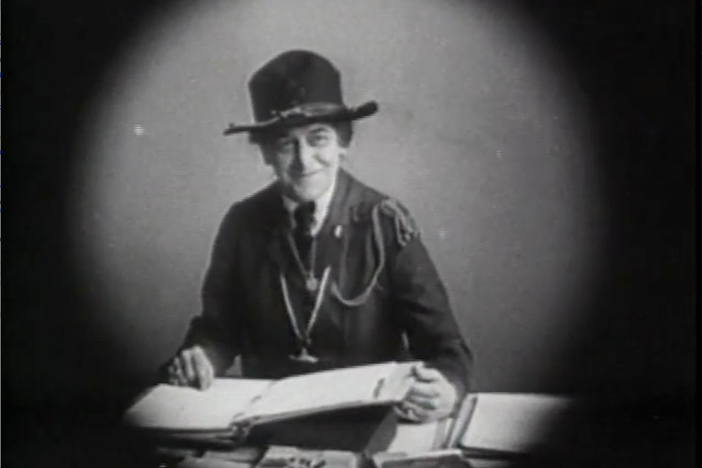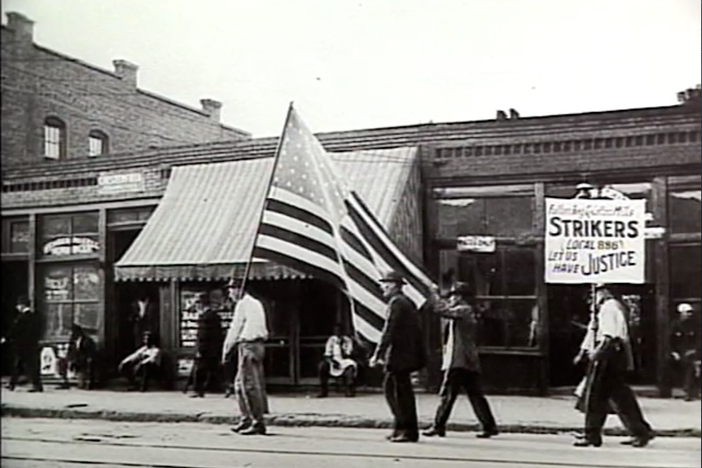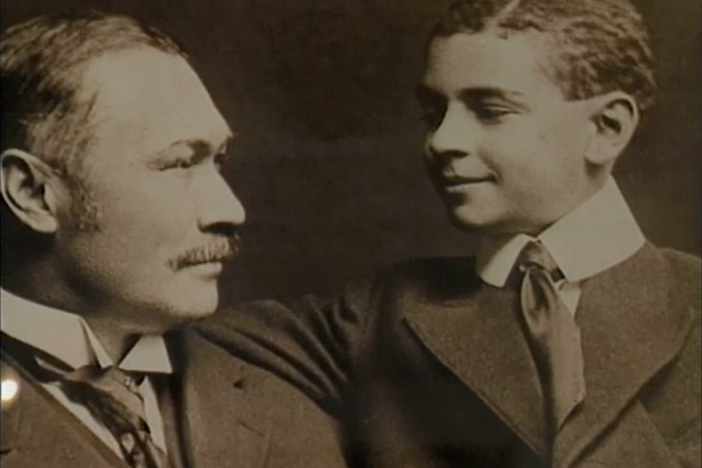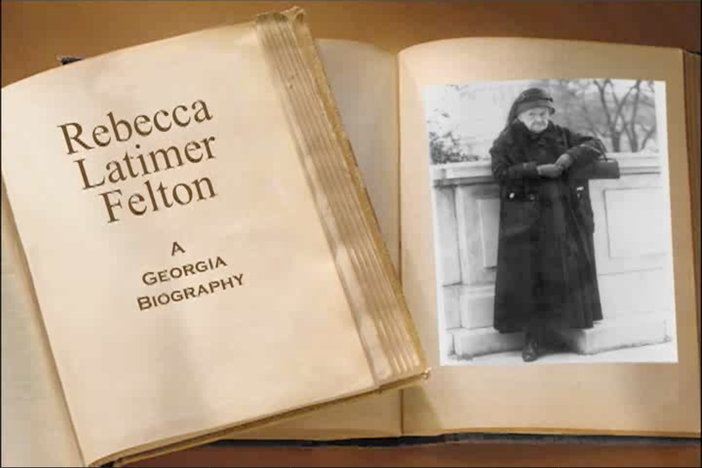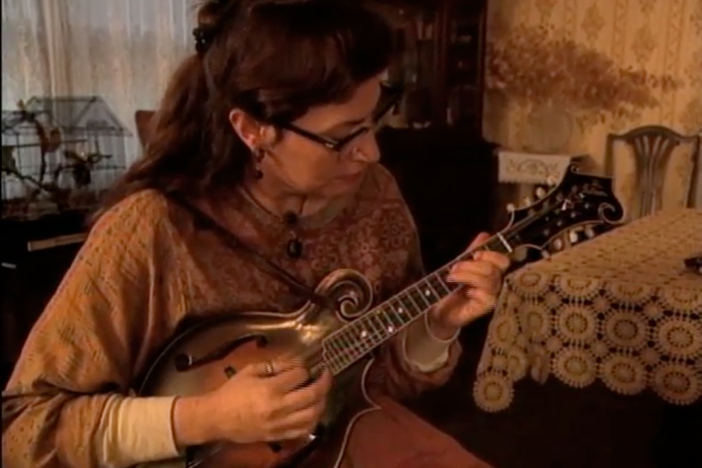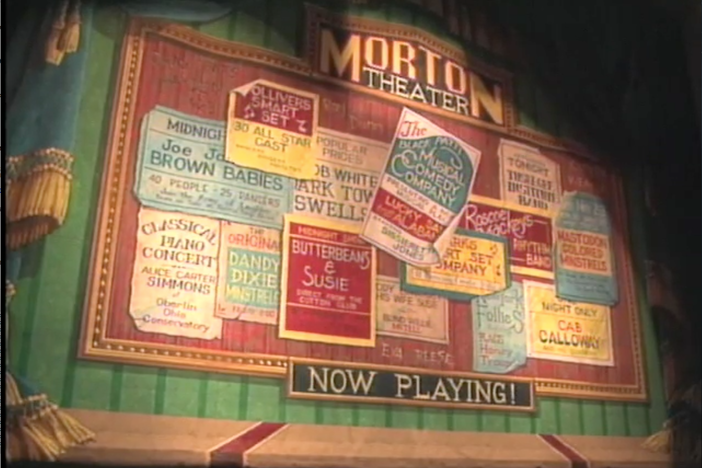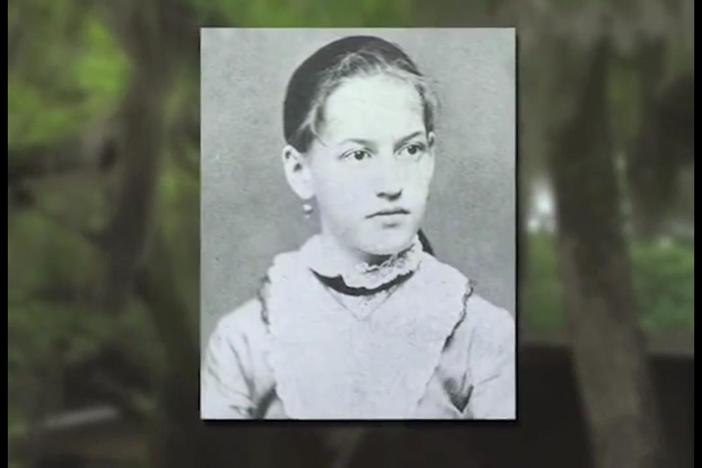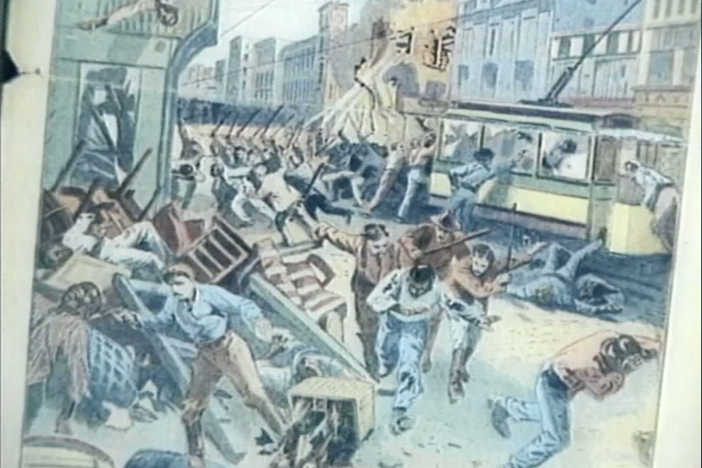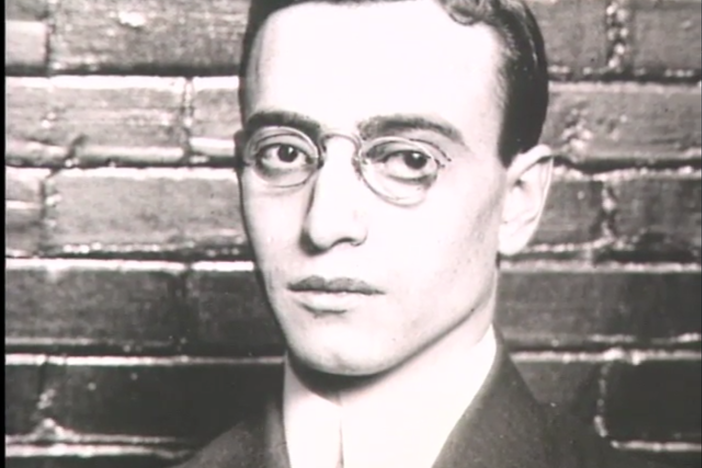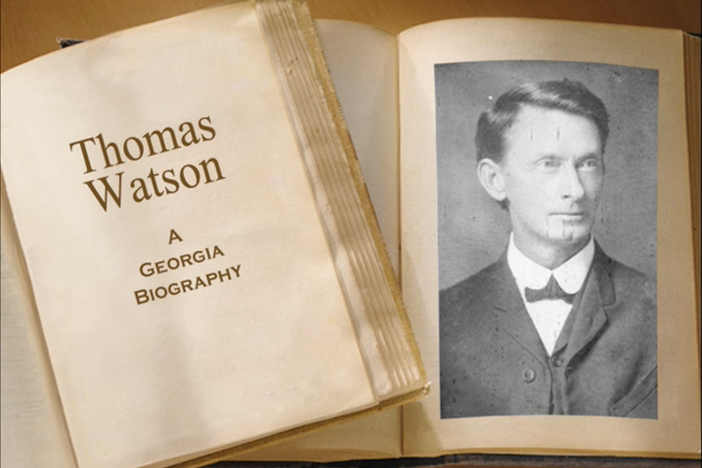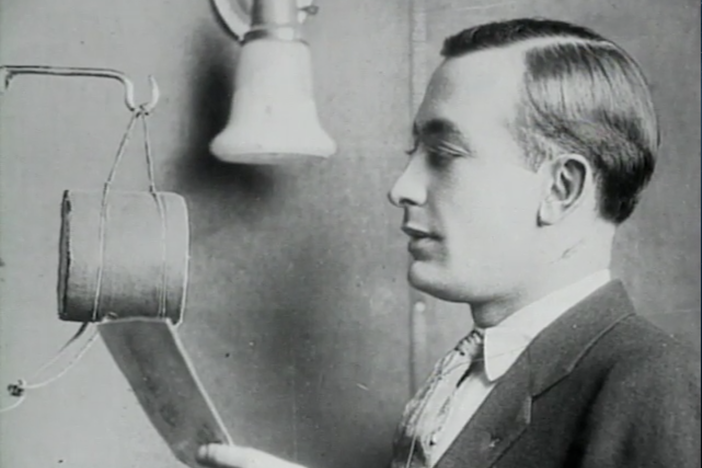A Phoenix Reconsumed: The Great Atlanta Fire of 1917
The Atlanta fire ravaged the northeastern section of the city in 1917. In interviews with witnesses, the devastation of nearly 3,400 buildings is recounted.
A Phoenix Reconsumed: The Great Atlanta Fire of 1917
The Atlanta fire ravaged the northeastern section of the city in 1917. In interviews with witnesses, the devastation of nearly 3,400 buildings is recounted.
Social Studies
Analyze how rights were denied to African Americans or Blacks through Jim Crow laws, Plessy v. Ferguson, disenfranchisement, and racial violence, including the 1906 Atlanta Riot.
1. Imagine you are an architect in charge of designing a new building. Create a fire-resistant design and list the materials used.
2. What effects – both positive and negative – could a fire such as Atlanta’s in 1917 have on a growing city’s economy?
1. What items would you try to save out of your own home if you had less than 10 minutes to hand carry them out (assuming that all people and animals were safe and that the roads were blocked to auto traffic)?
2. You are a reporter for The Atlanta Journal on the day of the fire. Write a news story for the front page. Some ideas could be a story on thieves, different parts of town, and how people were affected by the fire. Who would you interview? What questions would you ask? What pictures would you take?
3. You are a city planner in 1917. Present a plan to the city council for their ideas on how to rebuild the city. Make to consider the following: How can we guard against another fire? How can the areas that burned be improved from their pre-conflagration state? Should we rebuild the neighborhoods for the people who lost their homes? Should we renovate other similar neighborhoods that could be fire hazards? How might you help those hurt most by the fire?
catastrophic: of a pertaining to a catastrophe an event producing a subversion of the order or system of things; usually of a calamitous or disastrous nature
conflagration: an enormous fire
embers: small pieces of heated or burning material from a fire
insurance adjustments: settlement of claims; an equitable arrangement of conflicting claims, as in set-off, contribution, exoneration, subrogation, and marshaling
martial law: government-ordained military law enforcement imposed at times when civilian law enforcement groups (such as local police) cannot maintain order
shanties: small, mean dwellings; rough, slight buildings for temporary use; huts
shingles: pieces of wood sawed or rived thin and small, with one end thinner than the other; used in covering buildings, especially roofs
underwriter: one who underwrites his name to the conditions of an insurance policy, especially of a marine policy; an insurer
wind velocity: the speed at which wind travels
1. Imagine you are an architect in charge of designing a new building. Create a fire-resistant design and list the materials used.
Students answers will vary, but students would avoid inflammable materials such as wood.
2. What effects – both positive and negative – could a fire such as Atlanta’s in 1917 have on a growing city’s economy?
Positive effects: It could show the need to upgrade fire safety in buildings and in zoning. Most of the structures burned were wooden and close together. Better building codes and materials along with an upgraded water system could prevent this happening in the same way again. The poor housing could have been re-built so that the housing would be better and the neighborhood less crime-ridden, which is often the case in poorer sections in cities. Jobs might be created in order to re-build.
Negative: Leaves people homeless who have nowhere else to go and limited resources for building anew. The cost to the city would be enormous, leaving scarce resources for normal operation of the city. People could be out of jobs in the burned section of the city.
